10+ SAMPLE Yearly Action Plan
-

Yearly Action Plan
download now -
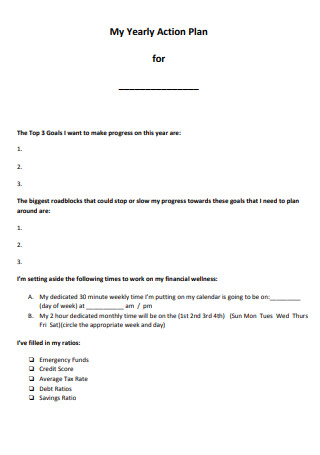
Sample Yearly Action Plan
download now -
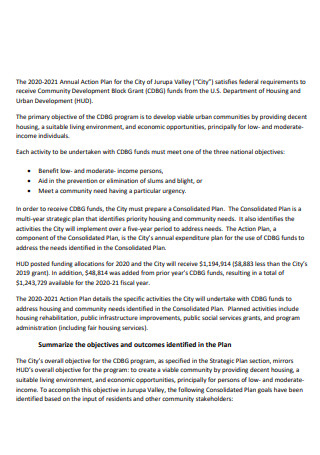
Yearly Action Plan Format
download now -
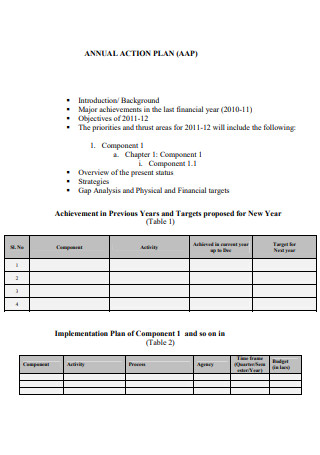
Editable Yearly Action Plan
download now -
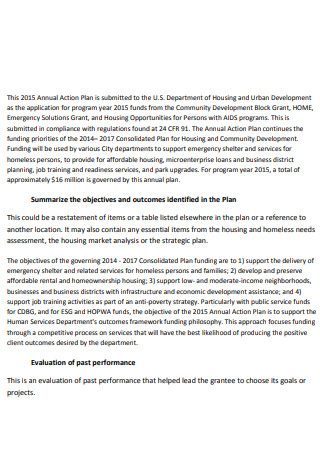
Standard Yearly Action Plan
download now -
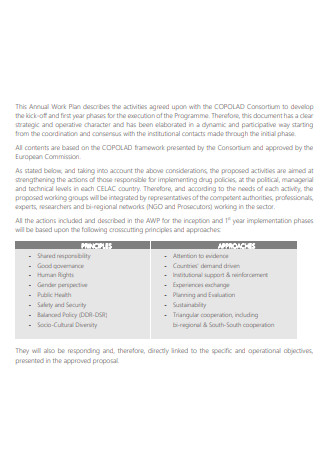
Project Yearly Action Plan
download now -
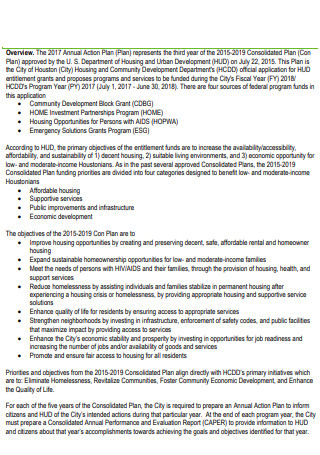
Formal Yearly Action Plan
download now -
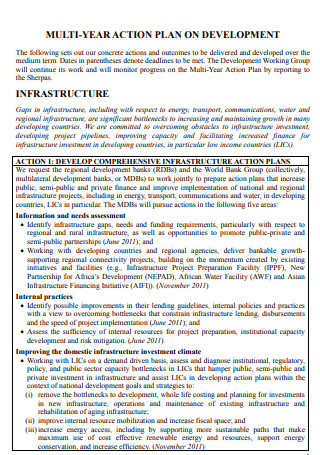
Yearly Action Plan on Development
download now -
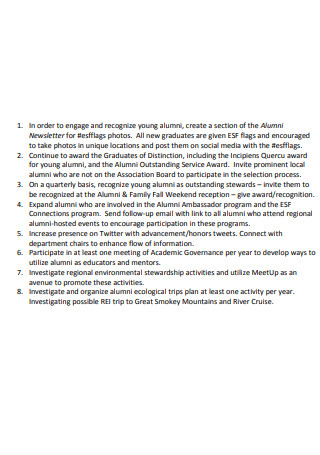
Yearly Strategic Action Plan
download now -
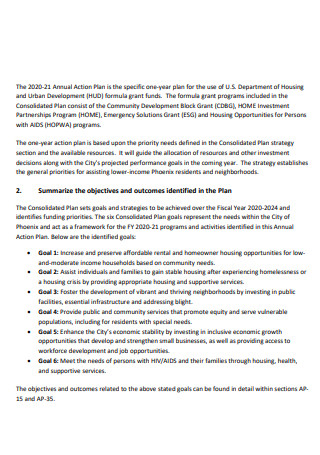
Yearly Basic Action Plan
download now -

Yearly General Action Plan
download now
FREE Yearly Action Plan s to Download
10+ SAMPLE Yearly Action Plan
What IS an Action Plan and a Yearly Action Plan?
What are the Elements of a good Yearly Action Plan?
What are the Steps in Making an Effective Yearly Action Plan?
FAQs
Is it important to have a yearly action plan to achieve your business goals?
How different is an action plan from a strategic plan?
Is it easy to create a yearly action plan?
What IS an Action Plan and a Yearly Action Plan?
First, let us define what an action plan is. An action plan is a list of tasks that you need to accomplish in order to meet a certain goal or an objective. Sometimes called a workplan, a to-do list, or a planning report, an action plan carefully outlines the actions, or steps, needed to achieve the goal. Hence, a Yearly Action Plan is a type of planning that is done on an annual basis to meet year-end goals. Often used in business or in sales or in community organization action planning, the action plan predefines the goal, the objective, the mission why the goal was set. Tied to the strategic planning and budget planning, a yearly action plan details what activities should be taken in order to achieve the strategic and budget goals.
Nyron Drepaul, a senior Business Advisor with BDC’s Advisory Services, says, “The action plan is at the heart of a strategic plan. It should offer specific tactical actions that deliver on the company’s strategic objectives.” He further points out, “The entrepreneur needs to know exactly what to do next, once the plan is completed.” To his point, an action plan should be continually updated, hence, the need to make an action plan that’s based on a timeline. A yearly action plan is very important to any successful business or organization. Annual planning keeps you up to date with your business with its tracking and monitoring guidance. The planning should include what went wrong from the previous year, and how to anticipate future issues that will come up for the next year.
A good yearly action plan should give a timeline on every action item steps to be taken. Some of the benefits of having a yearly action plan is that it gives you a clear direction of where you came from and where you want to go. Since it’s also a form of documentation, it serves as a guide or a roadmap in moving forward. It helps you monitor your progress, if you are anywhere near from reaching your goals. Individuals can also use action planning to achieve their personal life goal, or even employees so that they can be able to track their work performances. Another benefit for having a yearly action plan in place within the business is that it can also help develop a bond within the team members. Having your goals laid out, each individual will know what will their contribution be to make the business grow and be successful.
What are the Elements of a good Yearly Action Plan?
Having a yearly action plan can be a hit-or-miss. You may have an action plan in place, but if you don’t have the right key ingredients to it, there is a big chance that you might run into failure. When planning, always make sure that you know what you want to achieve, and in this case, the annual goals that you want to achieve. Be sure that you are surrounded with the right people that help you to stay on track when writing your yearly action plan. Keep in mind the following elements when creating your yearly action plan:
What are the Steps in Making an Effective Yearly Action Plan?
Like with any kind of planning, there is no hard and fast rule when it comes to making an action plan. The important thing to keep in mind is that you have all of your elements in place. These are some of the common steps when making a yearly action plan:
Step 1: Write Down your Goal and the Vision and Mission
It always helps to identify first what you are planning to achieve and your reason for achieving that goal. Be specific when writing your goal. Your vision and mission statement should be aligned and realistic to the goal at hand. Write your statements briefly and straight to the point. Ask for some inputs from your team members on what they think about the vision and mission, if they agree with it or not. Your vision and mission should resonate soundly throughout the whole team. Also, identify what are the possible issues that may arise and write down possible solutions to address them.
Step 2: List Down the Action Steps and the Timeline
This is where the planning process begins. Since you are going to make a plan that is supposed to be achieved within a year’s time, it’s best to break down your timeline per activity. Again, based on your budget, start planning for action steps that are realistic. You could do different activities on a monthly basis, every quarter, or every six months. Or you could even break it down to smaller bits like weekly activities. Every time you’re done with an activity, make sure that there’s a space for you in the documentation to evaluate each activity’s progress.
For example in sales, if you’re planning to do an activity per month, you could break down the whole year’s target quota on a monthly basis. If your year’s quota is at 60 sales, you could have a monthly sales target of 5. At the end of each month, check to see if your sales activity was able to achieve that 5 sales quota. If not, you could carry over the lacking sale to the next month, and maybe make some changes to your next month’s activities by doing more aggressive sales activities. Same theory applies to other industries, or even to individual personal goals. Action steps should always adhere to a timeline so that you can be able to measure how far or near you are from achieving your goal.
Step 3: Identify Resources Needed for Each Activity
Once you have your action steps, identify the resources you need in order to implement these activities. This goes hand in hand with the budget allocated to hit your goal. Resources could also be in the form of other materials. It could be the available transportation at your disposal. It could be the available manpower you need to implement these activities. For individual goals, it could be what kind of equipment you need, the place or venue, et cetera. For community organization goals, it could be in the form of printed materials, like how much do you need. It could also be in the form of digital resources, like through social media.
Step 4: Give an Assessment and Recommendation
You need to make a consistent assessment throughout the year with each activity or task that was undertaken. This will help measure where you are in reaching your goal, both in business or individual type goals. Make some necessary changes along the way based on your set timeline. Determine what are some corrective actions that need to be taken when there are issues identified. Create recommendations based on the results of each activity. Gather your team and consistently report on the progress. Doing an assessment as a team will give you an opportunity to refine your action items as needed, also considering the inputs from your team members.
FAQs
Is it important to have a yearly action plan to achieve your business goals?
Yes, having a yearly action plan is very important in achieving business goals. Not only limited to business goals, an action plan is important as well when you have individual goals. In the case of a yearly action plan, it helps to create action items that are attainable through a timetable. As a form of documentation, it allows you to monitor and measure your progress how far away you are from achieving your set goals.
How different is an action plan from a strategic plan?
The action plan follows the strategic plan. Strategic planning is the overall envisioning process of meeting a certain goal. It has more coverage since it sets out the objectives of the overall business report process. An action plan is the solid, tangible steps that will be undertaken based on the strategic planning. These are the actual activities identified that need to be carried out in achieving the goal.
Is it easy to create a yearly action plan?
It should be relatively easy to make one since there are no strict guidelines to follow when creating a yearly action plan. For the action plan to be effective though, always keep in mind the elements when making one: a clear goal; precise action steps to be taken; support team; timeline for every activity; support and resources in place; and an evaluation for each activity.
Clearly, both from a business and individual perspective, a yearly action plan is very beneficial. It helps you stay on track, focused and motivated to achieve your goal. The action plan can also assist you in identifying foreseeable problems in the future and helps you prepare in advance for better outcome results. As Nathaniel Branden said, “A goal without an action plan is a daydream.” Hence, an effective action plan can turn your goals from just a dream into a reality.
What better way to do that than just by downloading one of our yearly action plan templates? We have lots of action plan templates available to choose from, but we also have specific yearly action templates to help you throughout that year-long process. Let’s make it easy for you. Download one of our yearly action plan templates now, and let us guide you on how to effectively reach your goals!
